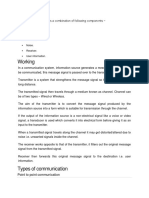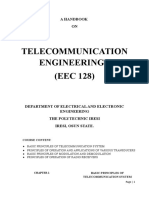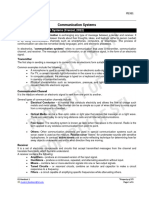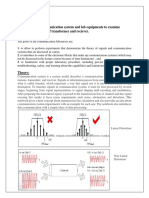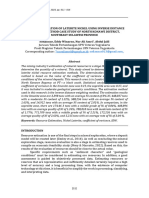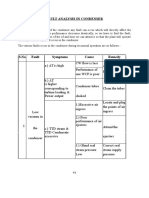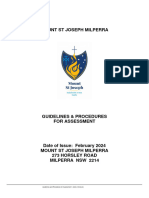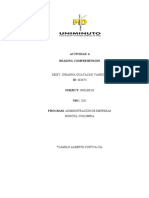0% found this document useful (0 votes)
13 views19 pagesUnit 4 Part 1
The document covers the fundamentals of communication systems, detailing the components such as transmitters, receivers, and communication channels, as well as concepts like signal gain, attenuation, and noise. It explains the processes involved in electronic communication, including the conversion of messages into electronic signals and their transmission. Additionally, it discusses the measurement of gain and attenuation in decibels, providing formulas and examples for practical understanding.
Uploaded by
SHANTHOSH K VCopyright
© © All Rights Reserved
We take content rights seriously. If you suspect this is your content, claim it here.
Available Formats
Download as PDF, TXT or read online on Scribd
0% found this document useful (0 votes)
13 views19 pagesUnit 4 Part 1
The document covers the fundamentals of communication systems, detailing the components such as transmitters, receivers, and communication channels, as well as concepts like signal gain, attenuation, and noise. It explains the processes involved in electronic communication, including the conversion of messages into electronic signals and their transmission. Additionally, it discusses the measurement of gain and attenuation in decibels, providing formulas and examples for practical understanding.
Uploaded by
SHANTHOSH K VCopyright
© © All Rights Reserved
We take content rights seriously. If you suspect this is your content, claim it here.
Available Formats
Download as PDF, TXT or read online on Scribd
/ 19






























